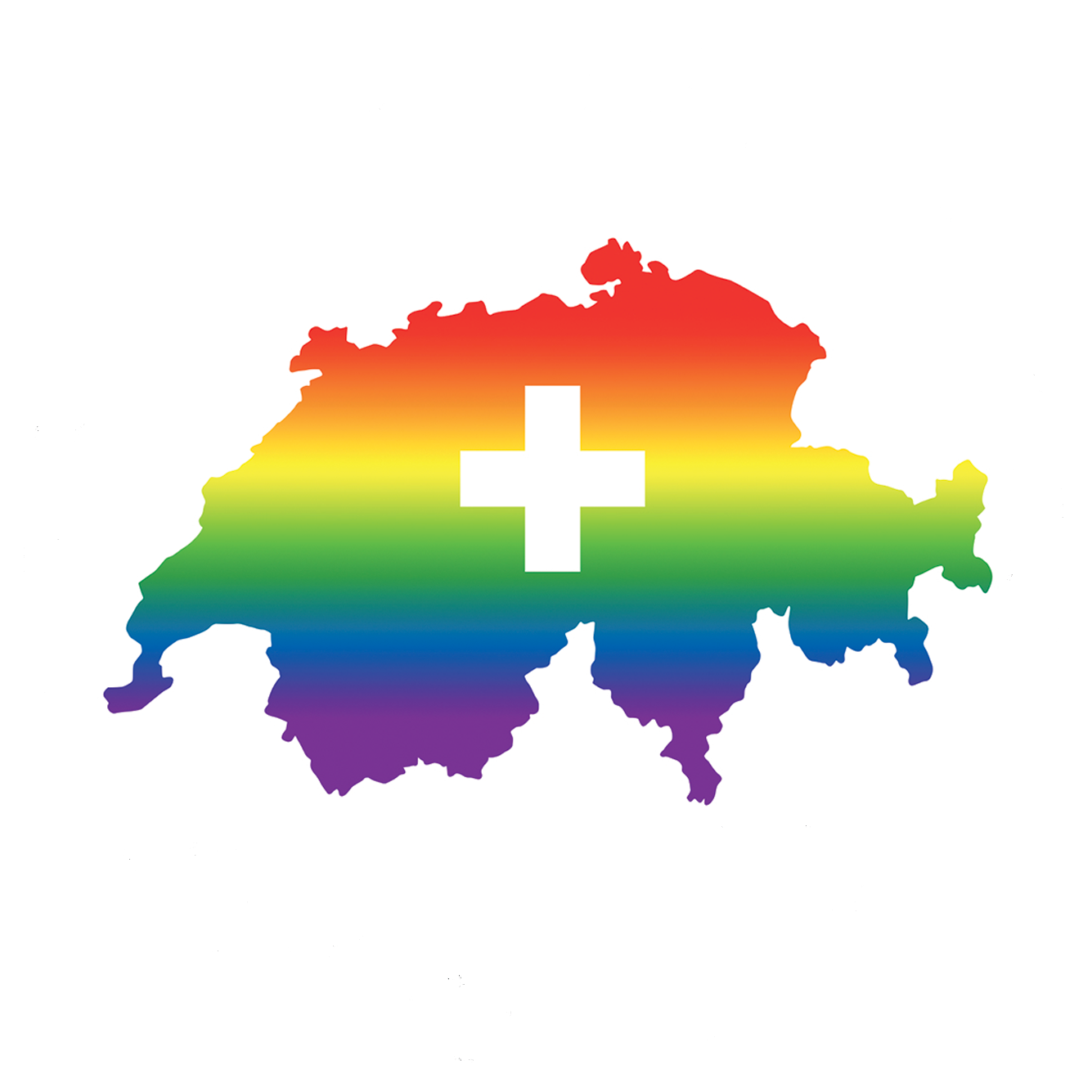TRUST-PALL: Inclusive Palliative Care for LGBTIQ+ People
The Swiss LGBTIQ+ Panel collaborates on the TRUST-PALL project, which uses a Participatory Action Research approach to improve palliative and end-of-life care for LGBTIQ+ people. Through specific questions in our upcoming 2026 survey, the project will investigate the shared and distinct needs of LGBTIQ+ subpopulations, considering factors such as sex, gender identity, sexual orientation, intersex status, country of origin, migratory status, education, socio-economic status, religion, disability, and health status. It also explores how LGBTIQ+ people and their chosen families access and prepare for end-of-life and as palliative care, identifying barriers, facilitators, and preferred pathways. The findings will help co-create inclusive practices and interventions to enhance care experiences and guide systemic improvements, which we will share in a rainbow book.
Tabea Hässler (University of Zurich), Léïla Eisner (University of Zurich), Bernadette Zierl (University of Zurich), Claudia Gamondi (Lausanne University Hospital), Philip Larkin (University of Lausanne), Clément Meier (University of Lausanne), Laura Jones (Lausanne University Hospital), Catarina Letras (Lausanne University Hospital), Francesca Bosisio (School of Engineering and Management Vaud), Nina Canova (School of Engineering and Management Vaud), Gaé Colussi (School of Engineering and Management Vaud), and Gabriela Rauber (School of Engineering and Management Vaud)
Where do people come out? – Mapping out selective disclosure across multiple countries
We seek to understand how individuals with concealable sexual and gender minority identities choose to selectively conceal or disclose their identities. Using a large multi-national survey, we first provide a birds-eye view of how selectively people choose to disclose their sexual and gender minority identities across important relational domains (e.g., family, friends, neighbors, work/school) in different countries. Second, we seek to explain why patterns of disclosure vary between people and countries.
Tabea Hässler (University of Zurich), Léïla Eisner (University of Zurich), Michal Pasek (University of Illinois Chicago), Evgeny Osin (National Research University Higher School of Economics), Masi Noor (University of Keel), Emilio Paolo Visintin (University of Ferrara), Colette van Laar (University of Leuven), Esra Ummark (University of Oslo), Sabine Otten (University of Groningen), and Julian Rengers (University of Groningen)
Sports and LGBTIQ+ negativity
Despite general trends toward greater acceptance of LGBTIQ+ individuals in many countries, LGBTIQ+ athletes often refrain from revealing their identity in sports contexts (see Eisner & Hässler, 2019). For instance, of the 11,000 athletes at the Rio Olympics, only about 56 athletes were out. One explanation for why LGBTIQ+ athletes conceal their LGBTIQ+ identity might be that the sports climate is particularly unwelcoming for LGBTIQ+ individuals. Given that concealment of one’s LGBTIQ+ identity is related to decreased feelings of inclusion and detrimental health outcomes, this project seeks to better understand attitudes toward LGBTIQ+ athletes.
Kimberly Bourne (University of Washington), Ella J. Lombard (University of Washington), Léïla Eisner (University of Zurich) and Tabea Hässler (University of Zurich)
